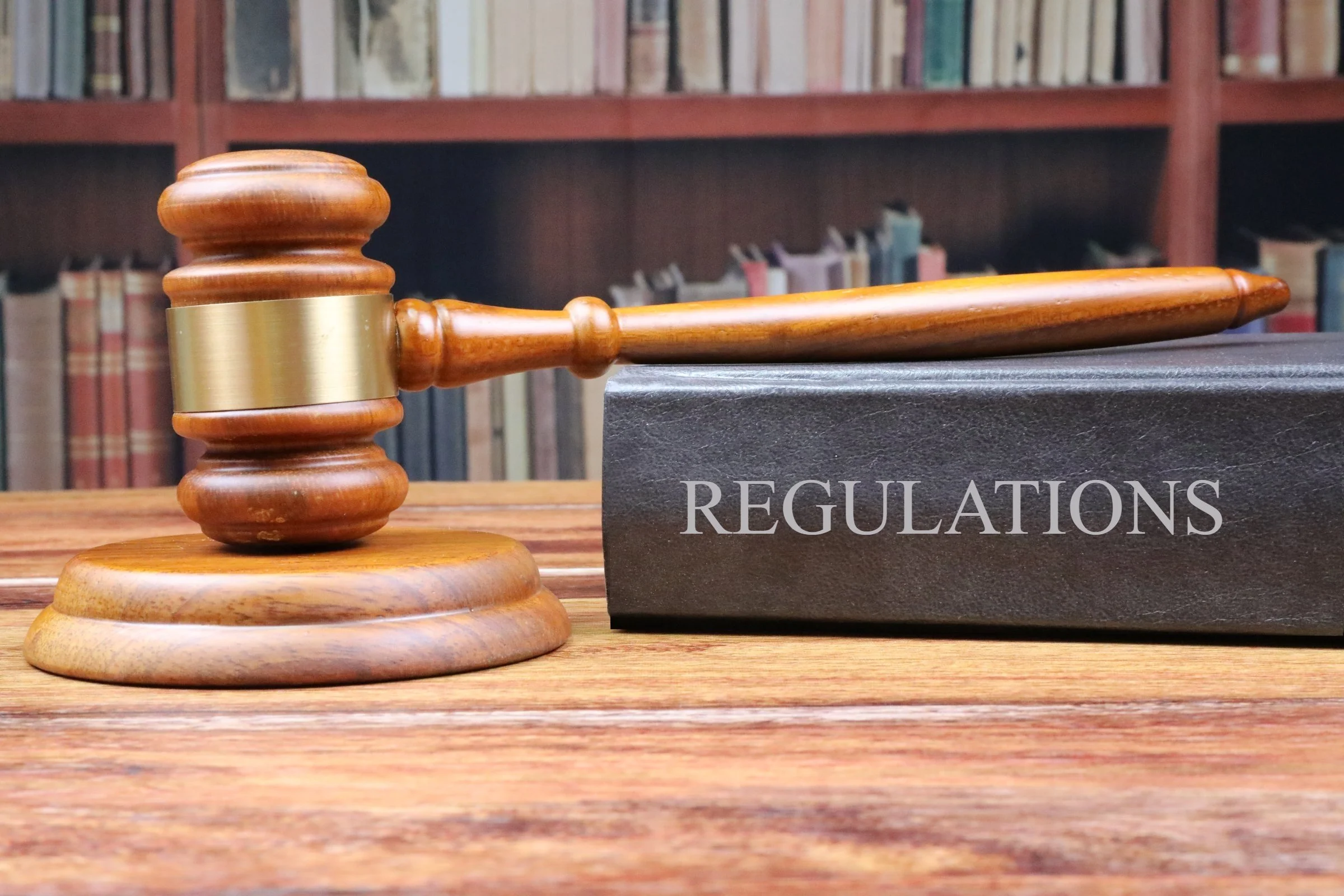In the realm of business operations, adherence to regulations and compliance laws is not just a mere obligation; it’s a pivotal aspect that ensures the sustainability and success of your enterprise. Regulations and compliance laws serve as the guiding principles that dictate how businesses operate within a legal framework, safeguarding not only the interests of the organization but also those of its stakeholders and the broader society. Therefore, understanding, implementing, and mastering these regulations and laws are paramount for any business striving for long-term viability and growth.
Understanding Regulatory Compliance
Regulatory compliance encompasses the processes, policies, and actions undertaken by businesses to ensure that they are operating within the bounds of applicable laws, regulations, and standards set forth by governmental authorities and industry bodies. These regulations vary significantly depending on the industry, geographical location, and nature of the business. They cover a wide spectrum of areas, including but not limited to:
- Financial Regulations: Ensuring accurate financial reporting, adherence to tax laws, and compliance with auditing standards.
- Data Protection and Privacy Laws: Safeguarding sensitive consumer information and ensuring compliance with regulations such as GDPR and CCPA.
- Health and Safety Regulations: Maintaining a safe working environment for employees and complying with occupational health and safety standards.
- Environmental Regulations: Minimizing environmental impact and adhering to regulations related to pollution control, waste management, and sustainable practices.
- Labor Laws: Upholding fair labor practices, including minimum wage requirements, working hours, and employee rights.
The Importance of Compliance in Business Operations
Compliance with regulations is not merely a box to tick; it’s a strategic imperative that can have far-reaching implications for your business. Failing to comply with regulatory requirements can lead to severe consequences, including fines, legal liabilities, reputational damage, and even business closure. Conversely, maintaining compliance can yield several benefits:
- Risk Mitigation: Compliance helps mitigate legal, financial, and reputational risks associated with non-compliance, protecting your business from costly consequences.
- Enhanced Trust and Reputation: Adhering to regulations demonstrates integrity, accountability, and a commitment to ethical business practices, thereby enhancing trust and reputation among customers, investors, and other stakeholders.
- Competitive Advantage: Compliance can be a source of competitive advantage, as it sets your business apart as a trustworthy and reliable entity in the marketplace.
- Operational Efficiency: Implementing robust compliance processes can streamline operations, improve efficiency, and reduce the likelihood of costly errors or regulatory breaches.
- Access to Markets: Compliance with certain regulations may be a prerequisite for entering or accessing specific markets, enabling your business to expand its reach and opportunities.
Also check this: Statutes
Strategies for Mastering Regulations and Compliance
Achieving mastery in regulations and compliance requires a proactive and comprehensive approach. Here are some strategies to help your business navigate the complex landscape of regulatory requirements effectively:
1. Conduct a Regulatory Assessment
Start by conducting a thorough regulatory assessment to identify all applicable laws, regulations, and standards relevant to your business. Consider engaging legal experts or compliance consultants to ensure a comprehensive understanding of your regulatory obligations.
2. Develop a Compliance Program
Establish a robust compliance program tailored to your business needs, industry requirements, and risk profile. This program should include policies, procedures, training initiatives, and internal controls designed to promote compliance and mitigate risks effectively.
3. Stay Informed and Updated
Regulatory landscapes are constantly evolving, with new laws, regulations, and amendments being introduced regularly. Stay abreast of these changes by monitoring regulatory developments, subscribing to industry publications, and participating in relevant professional networks.
4. Foster a Culture of Compliance
Promote a culture of compliance within your organization by emphasizing the importance of ethical conduct, accountability, and adherence to regulations at all levels. Provide ongoing training and support to employees to ensure they understand their roles and responsibilities in maintaining compliance.
5. Implement Monitoring and Auditing Mechanisms
Establish monitoring and auditing mechanisms to assess compliance levels, identify potential areas of risk or non-compliance, and take corrective actions promptly. Regular internal audits, compliance reviews, and risk assessments can help strengthen your compliance posture and mitigate vulnerabilities.
6. Embrace Technology Solutions
Leverage technology solutions such as compliance management software, data analytics tools, and automation platforms to streamline compliance processes, enhance accuracy, and facilitate real-time monitoring and reporting.
Navigating the Regulatory Landscape
Staying Informed and Updated
In a constantly evolving regulatory landscape, staying informed and updated is paramount. Businesses must monitor changes in regulations, industry standards, and best practices to ensure timely compliance. This requires active engagement with regulatory authorities, industry associations, and legal advisors to gain insights into emerging regulatory requirements and implications.
Implementing Robust Compliance Frameworks
To effectively navigate regulatory complexities, organizations must establish robust compliance frameworks. This involves developing policies, procedures, and controls tailored to address specific regulatory obligations. By integrating regulatory requirements into their governance structures, companies enhance transparency, accountability, and risk management capabilities.
Best Practices for Regulatory Compliance
Conducting Regular Audits and Assessments
Regular audits and assessments are essential for evaluating compliance effectiveness and identifying areas for improvement. By conducting internal reviews and risk assessments, organizations can proactively address compliance gaps, mitigate potential risks, and enhance overall compliance posture. These proactive measures help businesses stay ahead of regulatory changes and maintain compliance readiness.
Investing in Employee Training and Awareness
Employees are the frontline ambassadors of compliance within an organization. Investing in comprehensive compliance training and awareness programs empowers employees to understand their regulatory obligations and uphold compliance standards in their daily activities. By fostering a culture of compliance and ethics, companies cultivate a workforce that prioritizes regulatory adherence and risk mitigation.
Conclusion
In conclusion, mastering regulations and compliance laws is not just a legal obligation; it’s a strategic imperative that can profoundly impact the success and sustainability of your business. By understanding the regulatory landscape, implementing robust compliance programs, and fostering a culture of compliance, businesses can mitigate risks, enhance trust, and gain a competitive edge in today’s dynamic marketplace.

